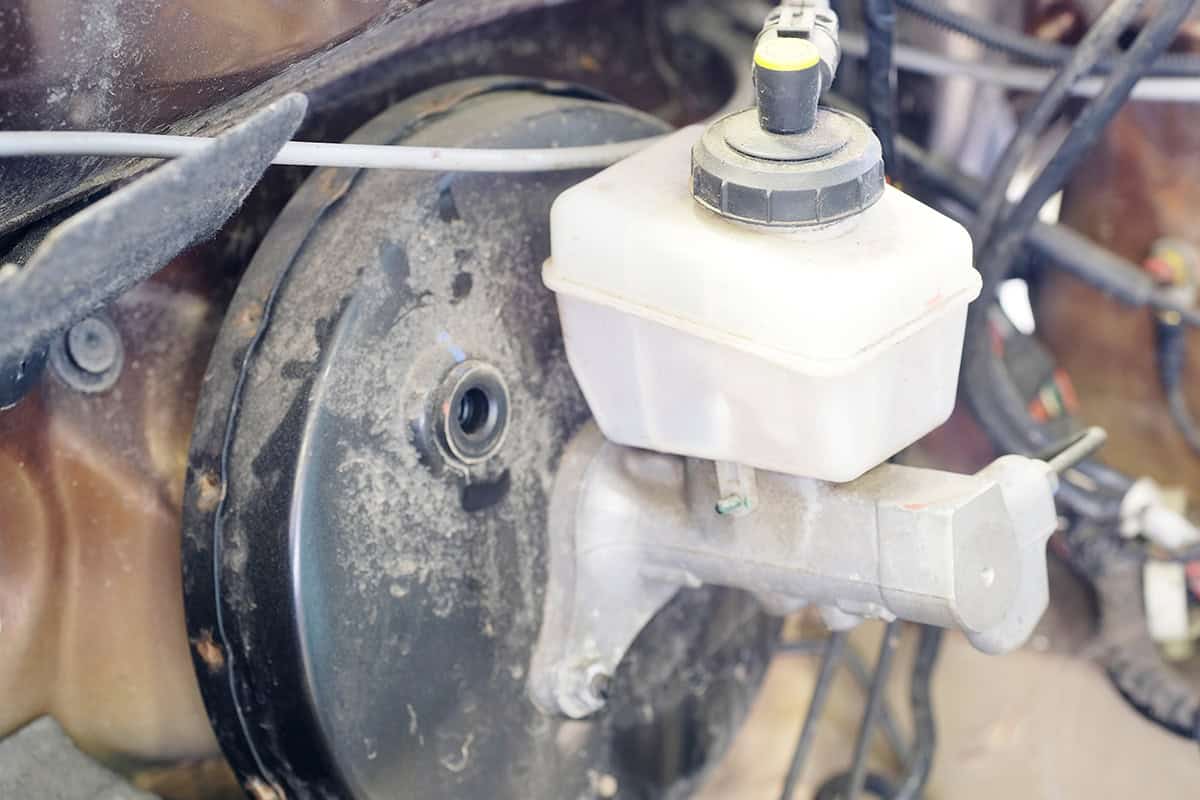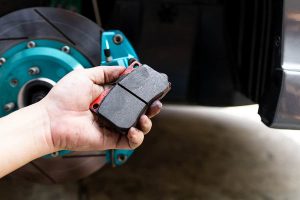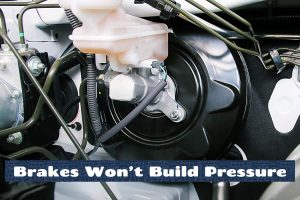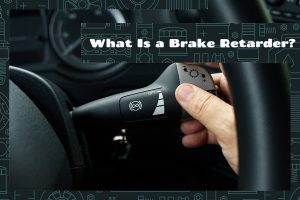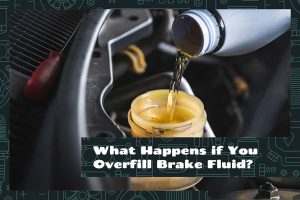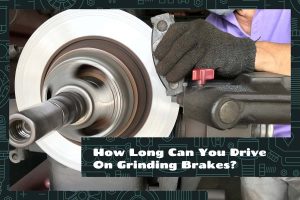The brake master cylinder is a tiny device that plays a critical role in making your vehicle stop when you press the brake pedal. If this cylinder fails or doesn’t work correctly, it could mean your vehicle won’t stop properly, making it unsafe to drive.
If your brake master cylinder is failing, you might notice:
- Your brake pedal feels spongy or soft when you press it
- The brake warning light pops up on your dashboard
- You see fluid leaking underneath the car
- Your car doesn’t stop as efficiently as it should
In this guide, we’ll walk you through everything you need to know about a brake master cylinder, including how it works, why it fails, and what to do if it’s not working right.
Function of a Brake Master Cylinder
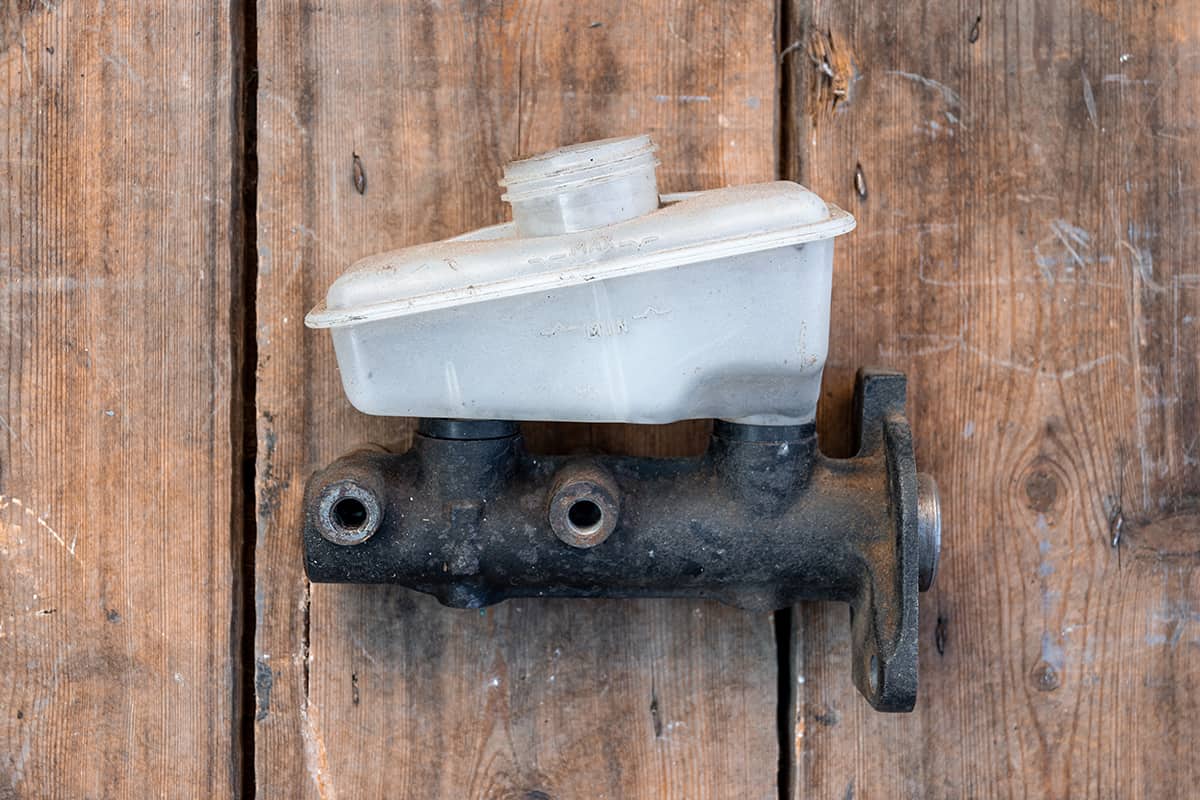
The brake master cylinder doesn’t look like much—just a small, round metal piece—but it holds a mighty role. It sends brake fluid to your car’s brake system whenever you hit the brake pedal. It’s a vital component that ensures your vehicle comes to a halt safely when needed.
Role of the brake master cylinder in the brake system
You press the brake pedal, and your car stops. It seems simple, right? But behind the scenes, a complex process takes place.
When you press the brake pedal, it activates the master cylinder, which then pushes brake fluid through the brake lines to your vehicle’s wheels. This process creates pressure, which engages the brake pads and makes your car slow down or stop.
How does a brake master cylinder work?
To understand the master cylinder’s operation, picture it as a pair of syringes connected side by side. Each syringe represents a part of the cylinder called a ‘bore.’ When you press the brake pedal, it’s like pushing the plungers of the syringes. This action forces the brake fluid from the cylinder (the syringes) through the brake lines (tiny tubes) to the brakes at each wheel.
Inside the master cylinder, there are two primary sections, the primary and secondary pistons. When you push the brake pedal, it first moves the primary piston. This movement pushes the brake fluid to the front brakes (in most cars). If you press the brake pedal harder, the secondary piston also moves, sending more brake fluid to the rear brakes.
Signs of a Failing Brake Master Cylinder
Your car might not talk, but it communicates in other ways. One important signal to watch out for is signs of a failing brake master cylinder. Let’s look at what these signs are and what they mean.
1. Reduced braking efficiency
In a car, you might notice that it takes more distance to stop after applying the brakes, or you have to press the brake pedal harder to slow down. This could mean that the brake master cylinder is not able to send enough brake fluid to the brakes, reducing their ability to slow your car down effectively.
2. Brake warning lights on the dashboard
In your car’s dashboard, there’s a small light that looks like an exclamation point inside a circle or a circle surrounded by brackets (it may also say “BRAKE”). This is the brake warning light. If this light turns on, it’s your car’s way of saying the issue could be a failing brake master cylinder, especially if the light comes on when you’re braking.
3. Brake fluid leaks
A puddle under your car is never a good sign. If it’s a clear or yellowish fluid, it might be brake fluid. The brake master cylinder has seals to keep the brake fluid inside, but over time, these seals can wear out and cause leaks. So, if you see fluid under your car, especially near the front and center, it could mean that the brake master cylinder is failing.
4. Spongy or soft brake pedal
Imagine stepping on a sponge. It feels soft and squishy, right? If your brake pedal feels the same way – if it goes down further than usual or feels soft when you press it – this could be a sign of a problem with the brake master cylinder. This “spongy” feeling can occur if air gets into the brake system, often due to a leak or fault in the master cylinder.
Causes of Brake Master Cylinder Failure
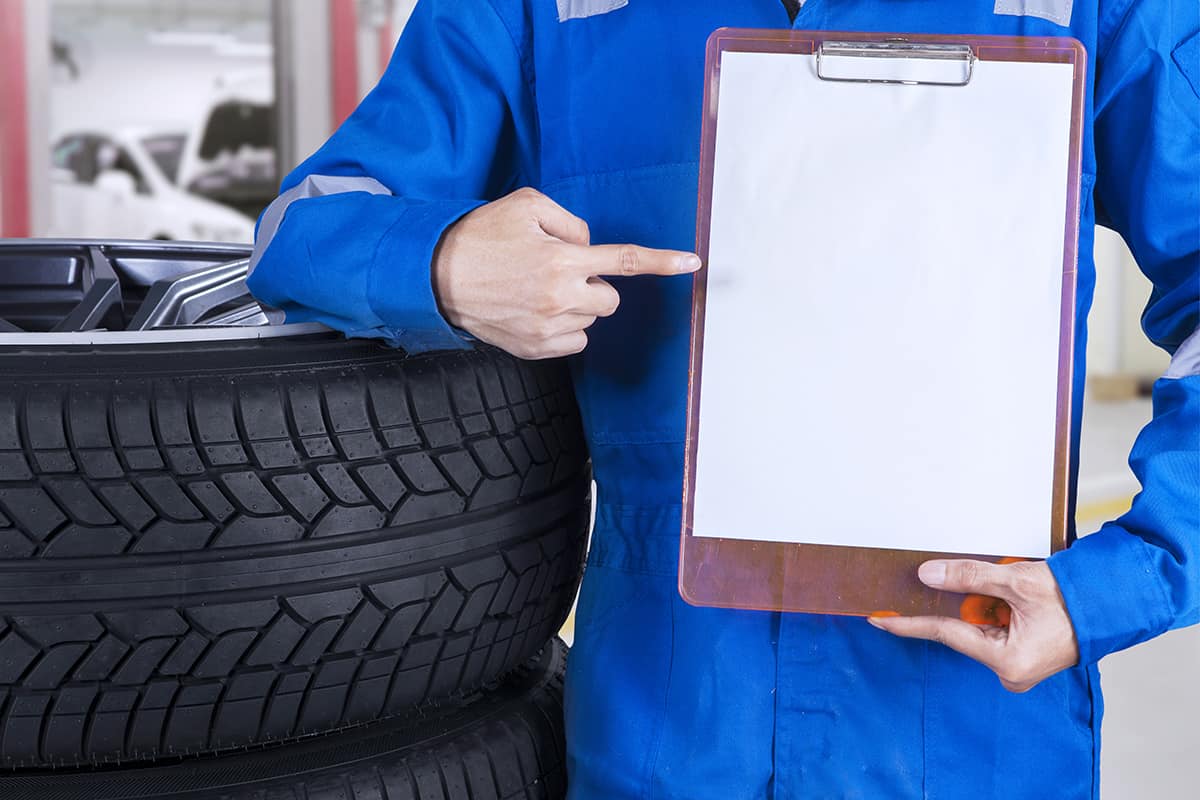
You’re likely wondering why a brake master cylinder would fail in the first place. A lot of playing, not enough care, or exposure to harsh conditions can damage the toy. In the same way, several factors can lead to brake master cylinder failure. Let’s explore them in detail.
1. Wear and tear over time
Brake master cylinders aren’t built to last forever. Over time, the parts inside the cylinder can wear out, leading to potential failure. The seals inside the cylinder can wear out, leading to leaks, while the pistons can also become less effective over time.
2. Poor maintenance practices
If you don’t maintain your car’s brake system correctly, it can lead to issues. For example, not replacing the brake fluid when needed can cause it to become contaminated, which can damage the master cylinder and other components of the brake system.
3. Exposure to contaminants and harsh conditions
Your brake master cylinder can get damaged if it’s exposed to harsh conditions or contaminants. Dirt, debris, and moisture can enter the brake system and cause damage over time. Furthermore, extreme temperatures can also cause the brake fluid to degrade faster, leading to potential damage to the master cylinder.
Addressing a Bad Brake Master Cylinder
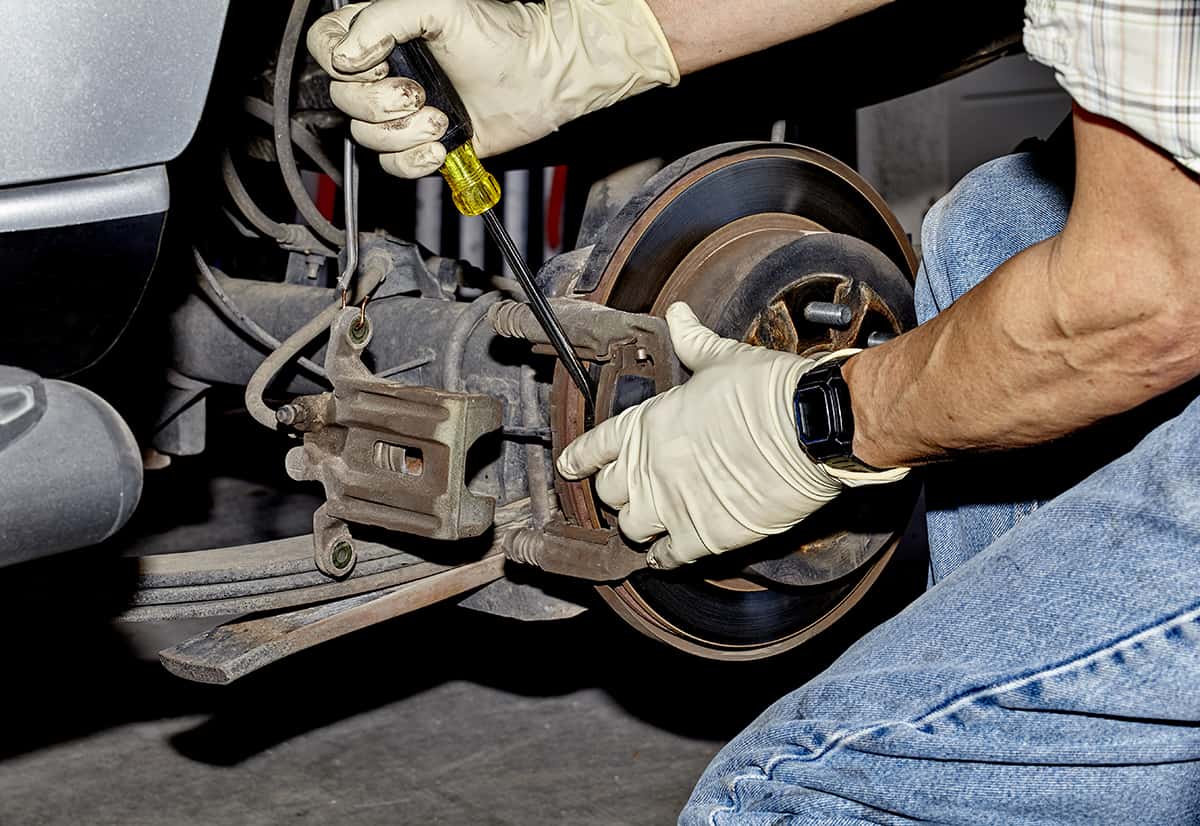
When your car’s brake master cylinder is failing, you have to take action for your safety and everyone else’s. The following sections will help you understand what to do if you suspect a problem with your brake master cylinder.
1. Initial diagnosis
The first step in addressing a bad brake master cylinder is to diagnose the problem. This process usually involves checking for common signs of failure, such as a soft brake pedal, fluid leaks, or a warning light on your dashboard. If you notice any of these signs, it’s time to move on to the next step.
2. Professional inspection
You should take your car to a professional mechanic if you suspect a problem with the brake master cylinder. A mechanic has the tools and knowledge to diagnose the issue accurately. They can check the brake system, identify any problems, and advise on the best course of action.
3. Brake master cylinder replacement
If the brake master cylinder is indeed the problem, it will typically need to be replaced. A mechanic can handle this task, ensuring that the new master cylinder is installed correctly and your brakes are working properly again.
FAQs
1. Can I replace a brake master cylinder on my own?
Replacing a brake master cylinder is a pretty complex task and is usually best left to professionals. It involves careful handling of the brake system, a thorough understanding of your car’s mechanical workings, and specialized tools. While it’s not impossible to do it yourself, especially if you’re mechanically inclined, it’s usually safer and more efficient to have a professional handle it.
2. How much does it cost to replace a brake master cylinder?
Depending on your car’s make and model and where you live, replacing a brake master cylinder can nearly $1,000 for the parts alone. The labor cost can add another $100 to $200 to the total bill. So, you could expect to pay anywhere from $300 to $700 in total. However, these are only estimates, and the actual cost could be higher or lower.
3. How long do brake master cylinders usually last?
On average, a brake master cylinder should last between 60,000 to 200,000 miles. However, the lifespan of a brake master cylinder depends on how much you use them and how well you take care of them.
